The Evolutionary Journey of the World of Warcraft Series

The Genesis of World of Warcraft
The history of World of Warcraft (WoW) chronicles an extraordinary excursion of untamed imagination and technical skill going hand in hand. This famed massively multiplayer online role-playing game (MMORPG) owes its existence to the brilliant minds at Blizzard Entertainment. The seeds for WoW were sown in 1994 with the launch of the strategy-based "Warcraft: Orcs & Humans". Fuelled by its success and fascination of the gaming community, Warcraft evolved into a series consisting of multiple games that tell the compelling story of Azeroth – a world teeming with magical beings and heroic quests.
Warcraft: Orcs and Humans (1994)
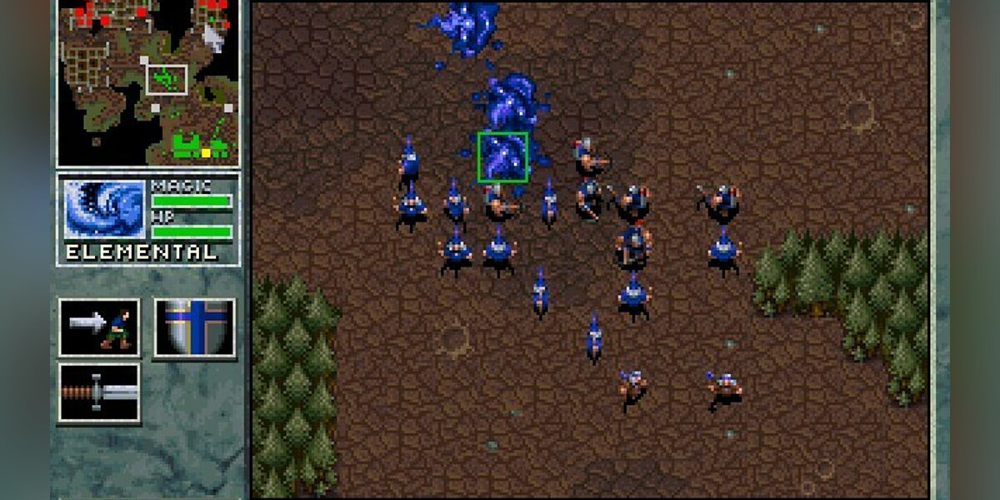
The true origin of the WoW series, Orcs and Humans introduced gamers to the fantastical realm of Azeroth. The game invited players to pick a side – the savage Orcs or disciplined Humans – and lead their factions to domination through strategic battles and resource management. Despite its relative simplicity, it laid the foundation for the epic lore of Warcraft and offered a glimpse into the grand, complex world that was yet to come.
Warcraft II: Tides of Darkness (1995)
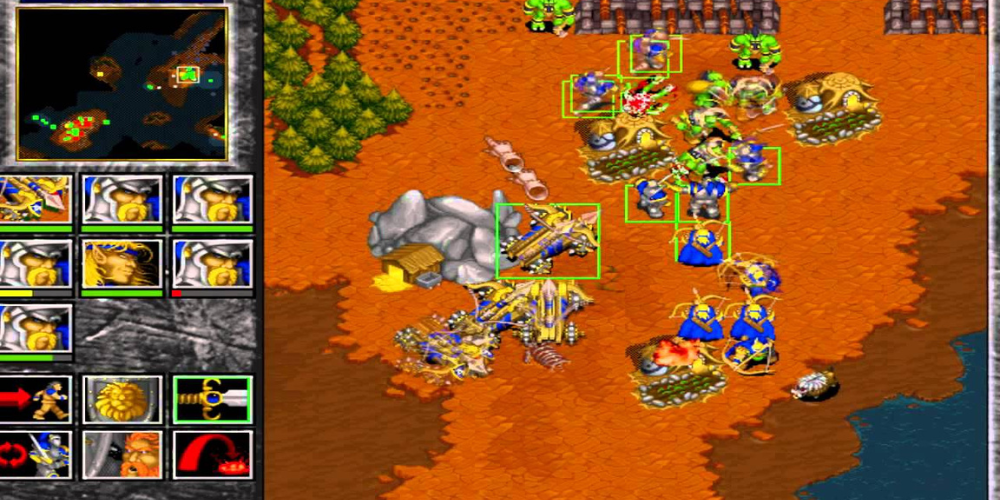
In the sequel, Tides of Darkness, the battle-scarred lands of Azeroth witnessed an escalated conflict between orcs and humans. It pushed the envelope further in terms of gameplay and storyline. Multiple new characters, quests, and in-depth real-time strategy elements were introduced, earning the game several awards and huge acclaims from critics and players alike.
Warcraft III: Reign of Chaos (2002) and The Frozen Throne (2003)
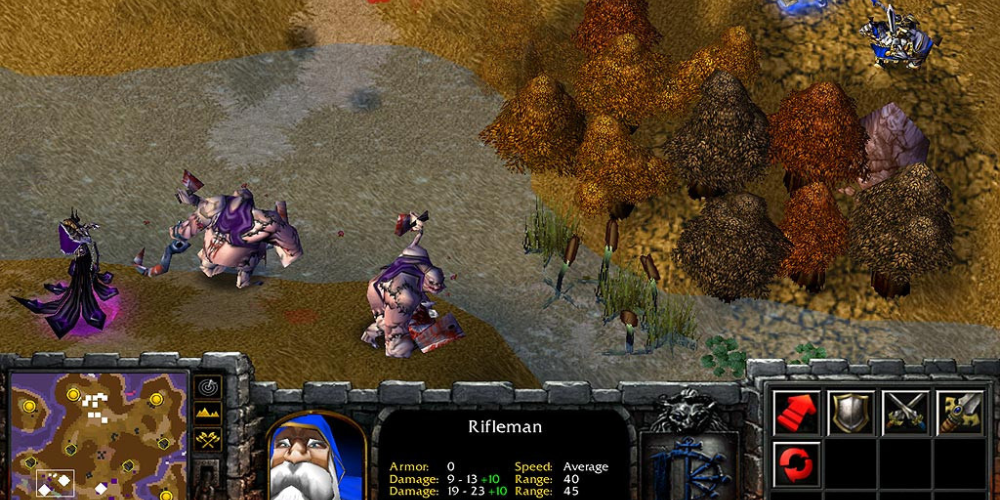
WoW’s third installment, Reign of Chaos, and its expansion - The Frozen Throne - truly demonstrated Blizzard’s commitment to incessant evolution. They introduced a profound narrative, featuring the ill-fated prince Arthas and his tragic transformation into the Lich King. Additionally, they introduced entirely new playable races, such as the Night Elves and the Undead, further adding to the depth of the game's world.
World of Warcraft (2004)
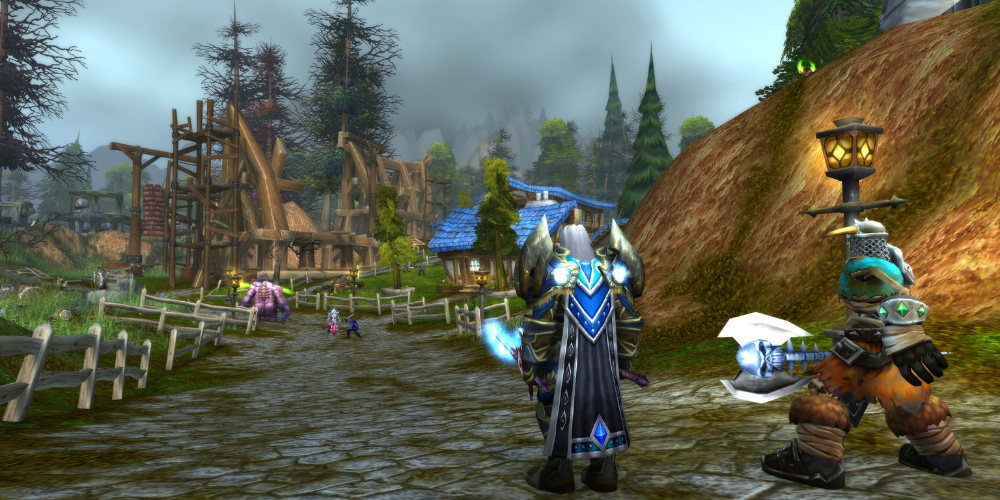
Then came the birth of the legend – World of Warcraft – in 2004, which elevated the franchise to unprecedented heights. Taking a leap from the strategy genre, WoW entered the realm of MMORPGs, providing players with an astonishingly vast, immersive world to explore and conquer. The game was continuously updated and expanded with multiple expansion packs, each adding new continents, races, and lore to the rich fabric of Azeroth.
Prospects for the future of World of Warcraft
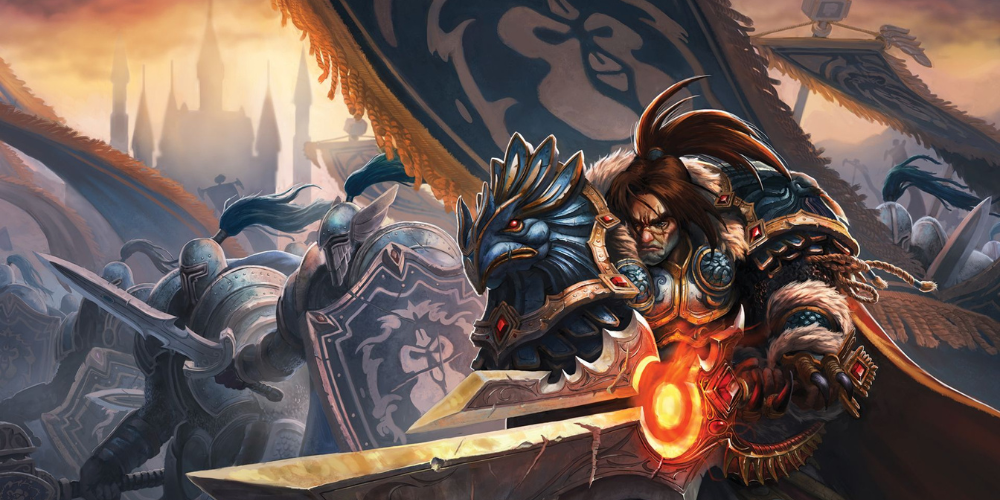
Despite being nearly two decades old, WoW's narrative still holds many unexplored tales and characters. Blizzard continues to freshen the gameplay with regular updates and expansions. The release of "World of Warcraft: Shadowlands" in November 2020 is a strong testament to the game's durability and capacity for evolution. As long as WoW maintains its attention to engaging storytelling and creative gameplay, the world of Azeroth will continue to thrive and captivate millions of its loyal players worldwide.
The Legacy of World of Warcraft
The World of Warcraft series has ingrained itself profoundly into the fabric of gaming culture worldwide. It has captivated the hearts of millions with its complex fantasy world, epic storytelling and immersive gameplay. From humble beginnings in the realm of strategy games, to dominating the MMORPG scene, the franchise's capacity for evolution and adaptability has been a constant source of fascination and enjoyment for its fans. The perpetual world of Azeroth awaits with more adventures to unfold, keeping the vibrant legacy of World of Warcraft alive and thriving.
- Ava Martinez 07 Sep 2023

